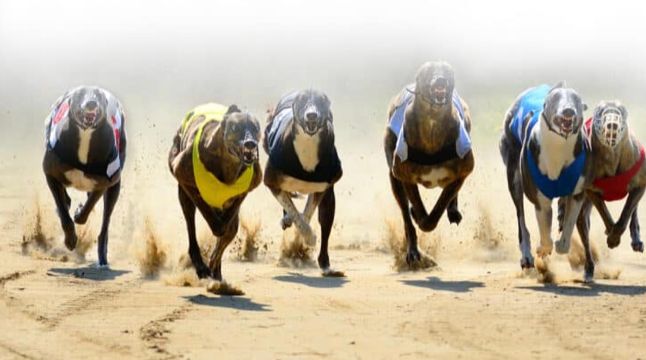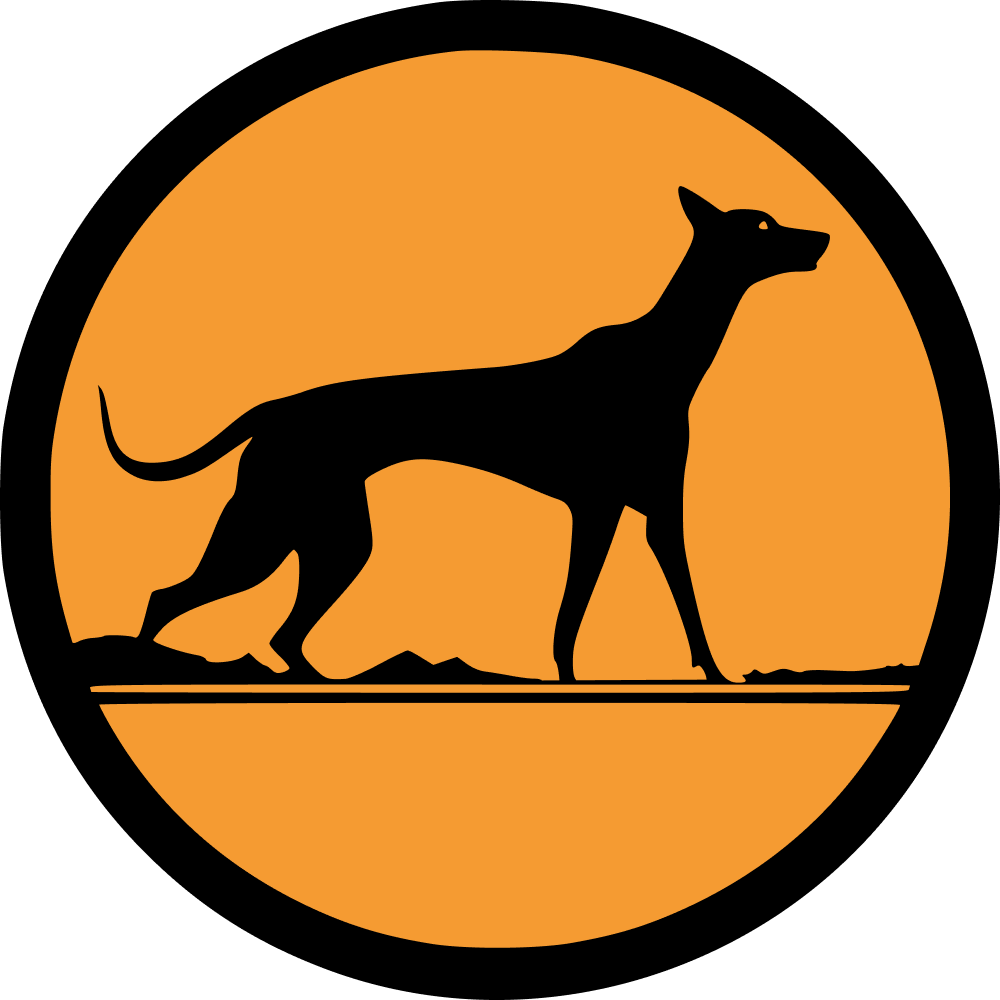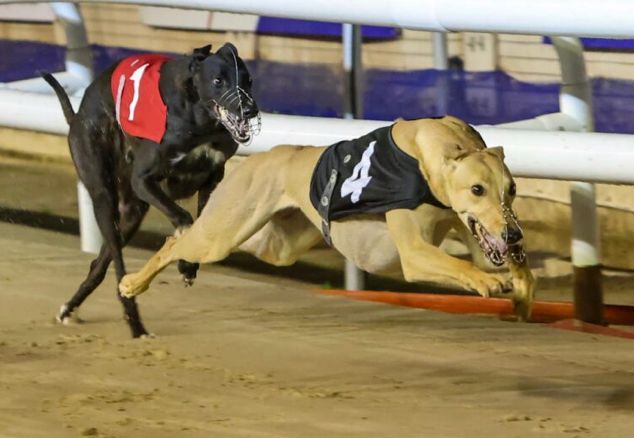Greyhound racing enjoys immense popularity in the United Kingdom, and fans and participants place a high level of trust in the fair conduct of races. Objectivity in racing is upheld through stringent standards and fair competition, as dictated by the Rules of Racing set by the Greyhound Board of Great Britain (GBGB).
Any healthy dog can partake in official races, provided they are fit and meet the age criteria for competition. The dog's rating system, considering its skills, experience, and sporting achievements, ensures the selection of opponents with similar strengths, aligning them for races that suit their speed, age, and other relevant parameters.
Major events in most stadiums comprise regular daily races, serving as the starting point for many champion dogs. Before venturing into national-level races and competing with the country's top runners, participants can test their mettle in graded racing.
In the United Kingdom, the following gradation of races has been adopted:
Level A and B Middle-Distance Races: Covering distances from 380 to 500 meters, these standard races are the most prevalent. Level B races may have slight variations in distance, contingent on the track length at a specific racecourse.
Level D Races: Spanning short distances from 200 to 350 meters, runners navigate two turns of the course in these sprint races, showcasing the ability to reach maximum speed rapidly.
Level S and M Long-Distance Races: Stayer races (S) cover distances from 600 to 700 meters, while marathon races (M) extend from 800 to 1000 meters. Certain greyhounds, owing to their natural endurance, excel in these races, demonstrating versatility across various distances.
H Level Races: Hurdle races necessitate not only speed but also excellent coordination and agility. These races occur annually at Crayford Stadium on a sand track, covering distances of 380 to 540 meters. Additionally, steeplechase races take place at Central Park Stadium in Merston, Sittingbourne.
Hcp Level Races: Handicap races deviate from standard races, involving dogs of varying speed capabilities. To equalize the competition, a handicap system is employed. Slower dogs are given a head start, with their starting boxes positioned ahead of the starting line, while faster dogs start from conventional positions. This arrangement results in a chess-like order, and all dogs commence racing simultaneously.
Races Level P and N: Puppy races (Level P) cater to young dogs aged 14 to 24 months, offering a valuable means to assess a young dog's potential. Level N races are tailored for beginners with limited or no competition experience, providing them with a platform for growth.

Speed Gradation of Greyhound Races
Even among the fastest dogs in levels A and B, there are notable differences in temperament, intelligence, running styles, and speeds. Each level employs its own system to assess the speed qualities of dogs.
Level A: Graded from 1 to 11, with the fastest dogs participating in A1 races, slightly slower ones in A2 races, and so forth. The detailed breakdown reveals variations in speeds: levels A1-3 dogs run at a top speed of 38-41 mph, A4-6 at 37-38 mph, and A7-11 at 35-37 mph.
Level D and Level S: Graded from 1 to 6 due to the limited number of dogs specializing in sprinting or staying races. The fastest champion sprinters run in D1 races, with less frisky ones in D2 races and so on. Similarly, for long-distance runners, the fastest stayers run in S1 races, followed by S2, S3 races, and so forth.
Open Races
Open races represent an elite category featuring the best greyhounds in the country. These competitions can be likened to group racing for Thoroughbred horses in terms of status, quality, and value. On race days, the atmosphere at the hippodromes resembles a grand sports festival.
Race of the First Category, Open Race 1: Top-level racing includes prestigious events like the Puppy Derby and the Greyhound Derby. These races extend up to 18 days with one to four rounds, and the prize fund must be at least £12,500.
Race of the Second Category, Open Race 2: Intermediate-level competitions last 15 days with one to three rounds, and the prize fund must be at least £5,000.
Race of the Third Category, Open Race 3: Slightly lower in level than the second category, these races remain more prestigious than standard races. Open Race 3 spans 1-2 rounds over 9 days, with a prize fund of at least £1,000.
The racing career of the average greyhound typically starts with races of classes A7-A11. Successful dogs progress to higher levels and eventually participate in open races. The peak of a greyhound's racing career occurs between 30 and 36 weeks of age, often featuring prestigious races. After this period, the dog's performance gradually declines, leading to retirement. Retired greyhounds may spend their post-racing life in a kennel or, if fortunate, find a new home as a pet. While the thrill of the race, victories, and defeats linger with the younger generation of greyhounds, retired athletes transition to a more relaxed and leisurely lifestyle.

